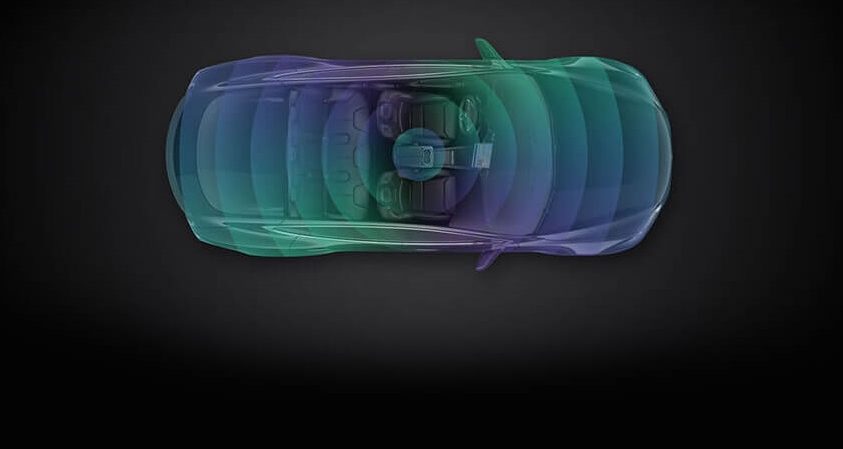
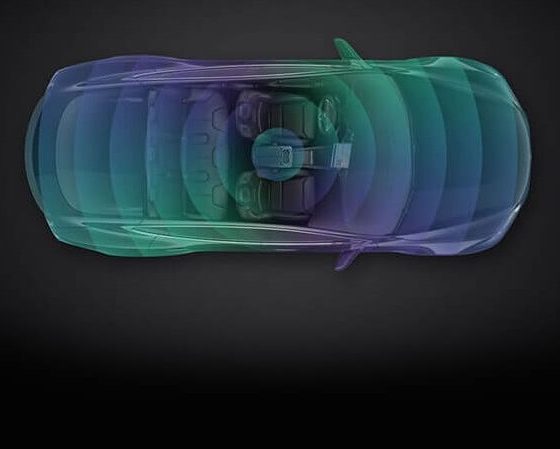
News
Tesla adds motion-sensing Enhanced Anti-Theft system for Model S, Model X
In a bid to further increase the security of Tesla’s flagship Model S and Model X vehicles, the California-based electric carmaker has added an Enhanced Anti-Theft device that monitors movement inside a vehicle cabin, while locked, to its online store. The security enhancement is comprised of a sensor assembly and two window decals are being sold for $350. Buyers have a choice between a matching dark or light headliner color, and headliners in light textile.
The item’s description on the Tesla Shop reads as follows:
Increase your vehicle’s protection with active sensor technology designed to detect motion inside the cabin as well as sense if the vehicle is moved or tilted. It will warn against potential theft with an audible alarm.
Tesla Model S and Model X owners that purchase the new Enhanced Anti-Theft product will be contacted by their local service center for an install appointment. It should be noted, though, that the sensor is not compatible with vehicles built before September 16, 2015. No additional details are provided to indicate what determined this limitation, especially considering that Hardware 2 was rolled out roughly a year later.
The short functionality description of the device provided appears to mirror an enhanced, optional security feature available in the European Model S described as a “Tilt/Intrusion” setting in the Owner’s Manual. The Tesla Shop does not indicate whether the feature is included or offered elsewhere, though the description of “Tilt/Intrusion” safety features for the European market also involve motion detection inside the cabin.
“If Model S is equipped with the optional security package, it includes a battery-backed siren. If the Tilt/Intrusion setting is on, this siren sounds when Model S detects motion inside the cabin or if it is raised (for example, with a tow truck or jack) when doors are locked and a recognized key is not detected. To turn the tilt and intrusion detection system on or off, touch Controls > Settings > Safety & Security > Tilt/Intrusion.”
Tesla has been raising the bar with its vehicles’ safety features. Last August, for example, Tesla started rolling out “PIN to Drive” through an over-the-air software update. With the feature enabled, drivers are required to key in a PIN code on their cars’ center display before operating the vehicle. In the same update, Tesla also rolled out “cryptography” improvements to the key fob, adding an extra layer of protection against theft attempts.
The company has also rolled out updates to its “bug bounty” program, which rewards security researchers who discover vulnerabilities in the company’s products and online services. In its most recent update, Tesla raised the maximum payout to $15,000 for product or vehicle-related vulnerabilities, while also inviting researchers to look for loopholes and security weaknesses on its battery storage systems. Just like previous iterations of its bug bounty program, Tesla notes that owners who hack into their vehicles are in no danger of voiding their warranties, provided that the hacking is conducted within the company’s set parameters.

News
Tesla Full Self-Driving shows confident navigation in heavy snow
So far, from what we’ve seen, snow has not been a huge issue for the most recent Full Self-Driving release. It seems to be acting confidently and handling even snow-covered roads with relative ease.
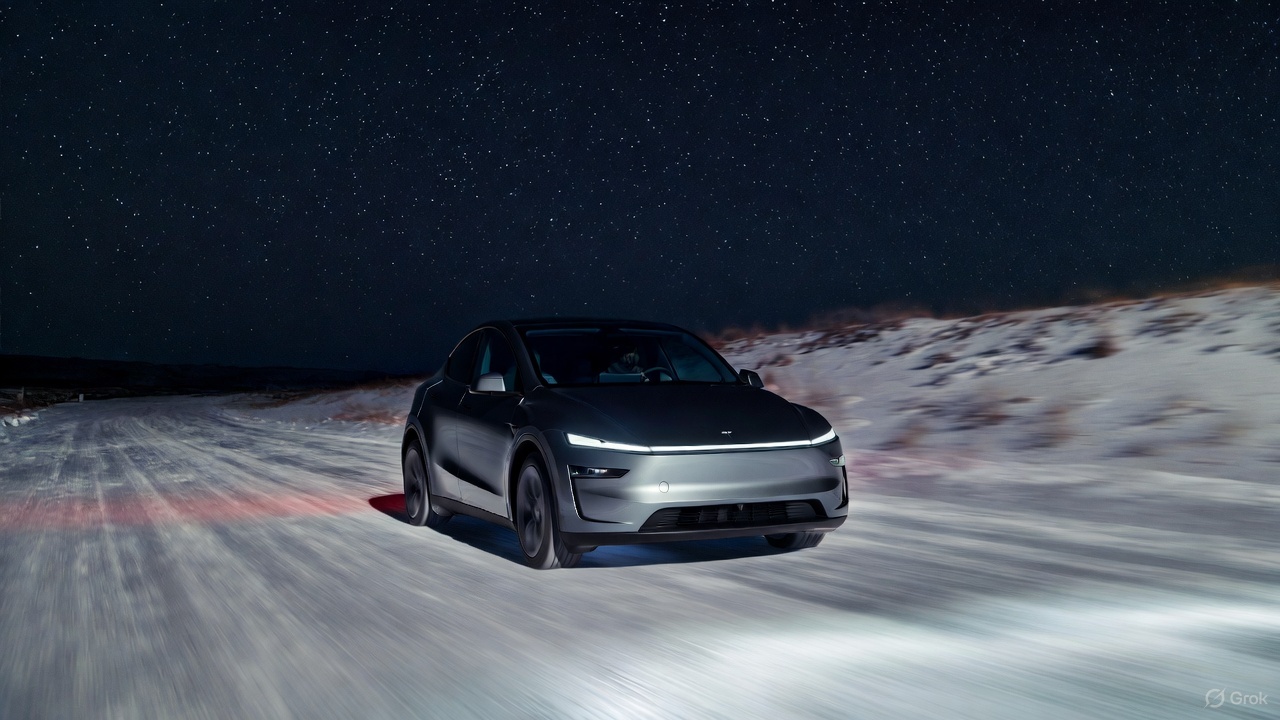
Tesla Full Self-Driving is getting its first taste of Winter weather for late 2025, as snow is starting to fall all across the United States.
The suite has been vastly improved after Tesla released v14 to many owners with capable hardware, and driving performance, along with overall behavior, has really been something to admire. This is by far the best version of FSD Tesla has ever released, and although there are a handful of regressions with each subsequent release, they are usually cleared up within a week or two.
Tesla is releasing a modified version of FSD v14 for Hardware 3 owners: here’s when
However, adverse weather conditions are something that Tesla will have to confront, as heavy rain, snow, and other interesting situations are bound to occur. In order for the vehicles to be fully autonomous, they will have to go through these scenarios safely and accurately.
One big issue I’ve had, especially in heavy rain, is that the camera vision might be obstructed, which will display messages that certain features’ performance might be degraded.
So far, from what we’ve seen, snow has not been a huge issue for the most recent Full Self-Driving release. It seems to be acting confidently and handling even snow-covered roads with relative ease:
FSD 14.1.4 snow storm Ontario Canada pic.twitter.com/jwK1dLYT0w
— Everything AI (@mrteslaspace) November 17, 2025
I found the steepest, unplowed hill in my area and tested the following:
• FSD 14.2.1 on summer tires
• FSD 14.2.1 on winter tires
• Manual drivingBut I think the most impressive part was how FSD went DOWN the hill. FSD in the snow is sublime $TSLA pic.twitter.com/YMcN7Br3PU
— Dillon Loomis (@DillonLoomis) December 2, 2025
Well.. I couldn’t let the boys have all the fun!
Threw the GoPro up and decided to FSD v14.2.1 in the snow. Roads were not compacted like the other day, a little slippery, but overall doable at lower speeds. Enjoy the video and holiday music 🎶
Liked:
Took turns super slow… pic.twitter.com/rIAIeh3Zu3— 🦋Diana🦋 (@99_Colorado) December 3, 2025
Moving into the winter months, it will be very interesting to see how FSD handles even more concerning conditions, especially with black ice, freezing rain and snow mix, and other things that happen during colder conditions.
We are excited to test it ourselves, but I am waiting for heavy snowfall to make it to Pennsylvania so I can truly push it to the limit.
News
Tesla hosts Rome Mayor for first Italian FSD Supervised road demo
The event marked the first time an Italian mayor tested the advanced driver-assistance system in person in Rome’s urban streets.
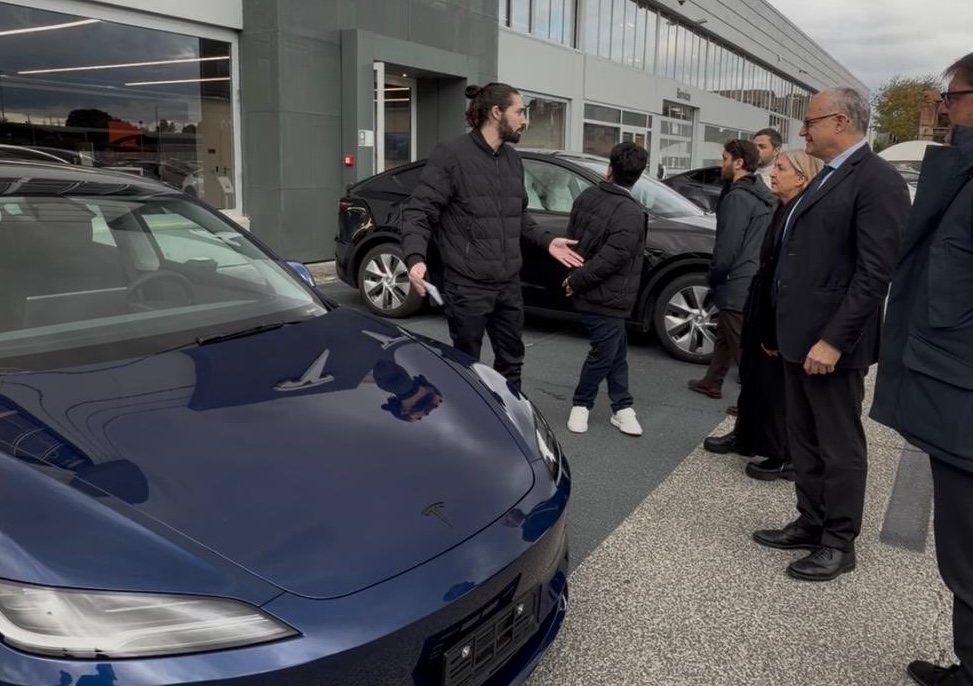
Tesla definitely seems to be actively engaging European officials on FSD’s capabilities, with the company hosting Rome Mayor Roberto Gualtieri and Mobility Assessor Eugenio Patanè for a hands-on road demonstration.
The event marked the first time an Italian mayor tested the advanced driver-assistance system in person in Rome’s urban streets. This comes amid Tesla’s push for FSD’s EU regulatory approvals in the coming year.
Rome officials experience FSD Supervised
Tesla conducted the demo using a Model 3 equipped with Full Self-Driving (Supervised), tackling typical Roman traffic including complex intersections, roundabouts, pedestrian crossings and mixed users like cars, bikes and scooters.
The system showcased AI-based assisted driving, prioritizing safety while maintaining flow. FSD also handled overtakes and lane decisions, though with constant driver supervision.
Investor Andrea Stroppa detailed the event on X, noting the system’s potential to reduce severe collision risks by up to seven times compared to traditional driving, based on Tesla’s data from billions of global fleet miles. The session highlighted FSD’s role as an assistance tool in its Supervised form, not a replacement, with the driver fully responsible at all times.
Path to European rollout
Tesla has logged over 1 million kilometers of testing across 17 European countries, including Italy, to refine FSD for local conditions. The fact that Rome officials personally tested FSD Supervised bodes well for the program’s approval, as it suggests that key individuals are closely watching Tesla’s efforts and innovations.
Assessor Patanè also highlighted the administration’s interest in technologies that boost road safety and urban travel quality, viewing them as aids for both private and public transport while respecting rules.
Replies on X urged involving Italy’s Transport Ministry to speed approvals, with one user noting, “Great idea to involve the mayor! It would be necessary to involve components of the Ministry of Transport and the government as soon as possible: it’s they who can accelerate the approval of FSD in Italy.”
News
Tesla FSD (Supervised) blows away French journalist after test ride
Cadot described FSD as “mind-blowing,” both for the safety of the vehicle’s driving and the “humanity” of its driving behaviors.
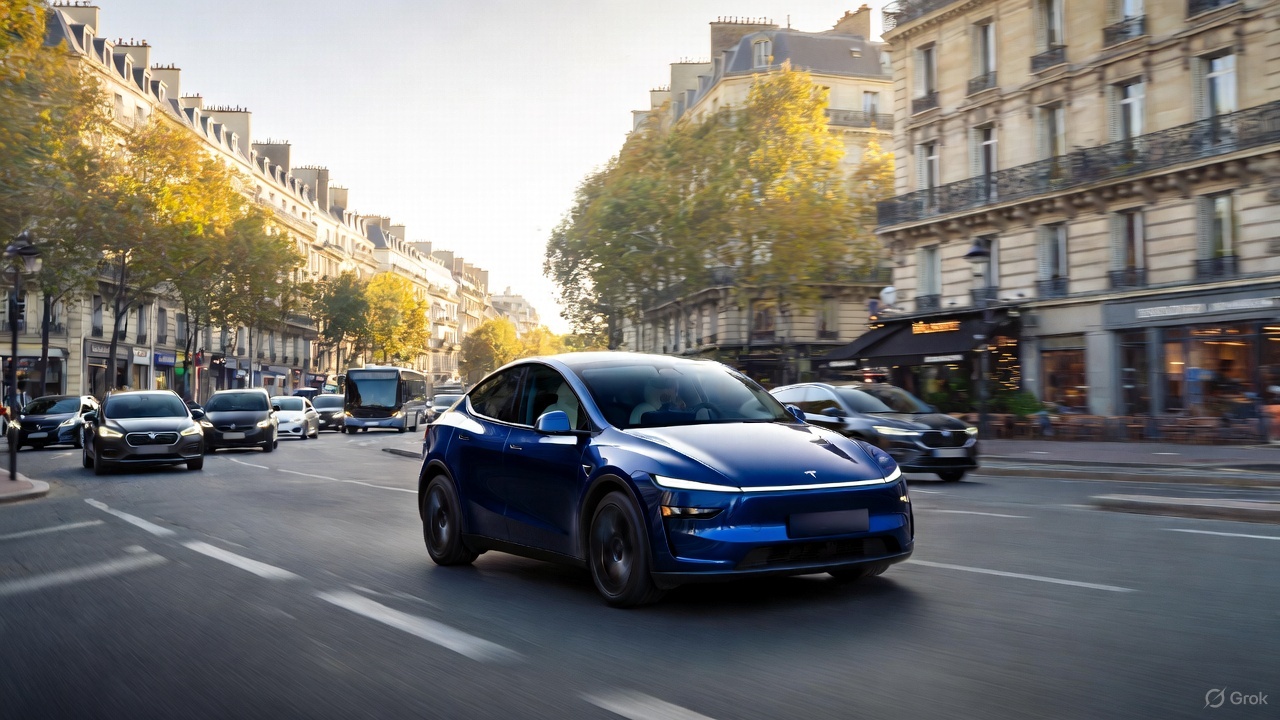
Tesla’s Full Self-Driving (Supervised) seems to be making waves in Europe, with French tech journalist Julien Cadot recently sharing a positive first-hand experience from a supervised test drive in France.
Cadot, who tested the system for Numerama after eight years of anticipation since early Autopilot trials, described FSD as “mind-blowing,” both for the safety of the vehicle’s driving and the “humanity” of its driving behaviors.
Julien Cadot’s FSD test in France
Cadot announced his upcoming test on X, writing in French: “I’m going to test Tesla’s FSD for Numerama in France. 8 years I’ve been waiting to relive the sensations of our very first contact with the unbridled Autopilot of the 2016s.” He followed up shortly after with an initial reaction, writing: “I don’t want to spoil too much because as media we were allowed to film everything and I have a huge video coming… But: it’s mind-blowing! Both for safety and for the ‘humanity’ of the choices.”
His later posts detailed FSD’s specific maneuvers that he found particularly compelling. These include the vehicle safely overtaking a delivery truck by inches, something Cadot said he personally would avoid to protect his rims, but FSD handled flawlessly. He also praised FSD’s cyclist overtakes, as the system always maintained the required 1.5-meter distance by encroaching on the opposite lane when clear. Ultimately, Cadot noted FSD’s decision-making prioritized safety and advancement, which is pretty remarkable.
FSD’s ‘human’ edge over Autopilot
When asked if FSD felt light-years ahead of standard Autopilot, Cadot replied: “It’s incomparable, it’s not the same language.” He elaborated on scenarios like bypassing a parked delivery truck across a solid white line, where FSD assessed safety and proceeded just as a human driver might, rather than halting indefinitely. This “humanity” impressed Cadot the most, as it allowed FSD to fluidly navigate real-world chaos like urban Paris traffic.
Tesla is currently hard at work pushing for the rollout of FSD to several European countries. Recent reports have revealed that Tesla has received approval to operate 19 FSD test vehicles on Spain’s roads, though this number could increase as the program develops. As per the Dirección General de Tráfico (DGT), Tesla would be able to operate its FSD fleet on any national route across Spain. Recent job openings also hint at Tesla starting FSD tests in Austria. Apart from this, the company is also holding FSD demonstrations in Germany, France, and Italy.








